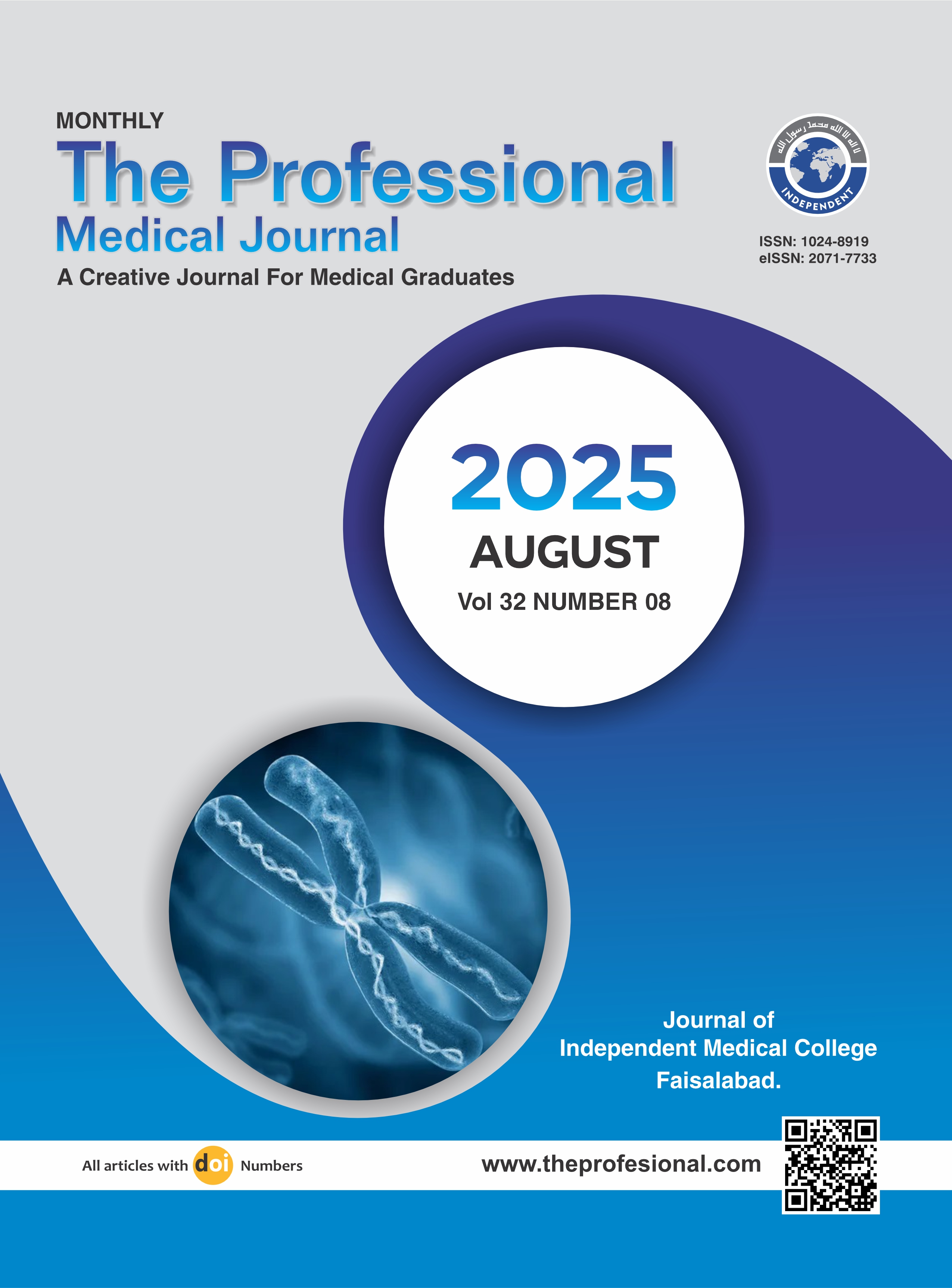Comparison of different treatment options of diabetic macular edema: A systematic comparison via Meta-Analysis.
DOI:
https://doi.org/10.29309/TPMJ/2025.32.08.9880Keywords:
Anti-VEGF, Best Corrected Visual Acuity (BCVA), Clinically Significant Macular Edema (CSMO), Central Retinal Thickness (CRT)Abstract
Objective: To compare the efficacy, safety, durability, and cost-effectiveness of different treatment modalities for clinically significant macular edema, including anti-VEGF agents, corticosteroid implants, subthreshold laser therapy, and combination treatments. Study Design: Systematic Review and Meta-analysis. Setting: Department of Ophthalmology of MTI, Lady Reading Hospital, and Khyber Teaching Hospital. Peshawar. Period: January 1, 2024, and April 30, 2025. Methods: Following the PRISMA 2020 guidelines, this systematic review and meta-analysis were conducted. Relevant studies were identified through PubMed, Embase, Cochrane, and Web of Science databases. Randomized control trials and comparative studies were included. Primary outcomes included changes in Best Corrected Visual Acuity (BCVA), central retinal thickness (CRT), injection frequency, and incidence of adverse events. Statistical analysis included pooled weighted mean differences, risk ratios, heterogeneity measures, and funnel plots. Results: Thirty-five studies were included in the qualitative synthesis, and thirty met criteria for meta-analysis. Anti-VEGF agents showed the greatest gains in BCVA and reduction in CRT, with faricimab requiring fewer injections. Corticosteroids demonstrated moderate efficacy but higher rates of intraocular pressure elevation and formation of cataract. Combination therapy with anti-VEGF and subthreshold laser reduced treatment burden without compromising outcomes, though recent high-quality studies remain limited. Bevacizumab remained the most cost-effective option. Heterogeneity across studies was moderate. Conclusion: Anti-VEGF therapy continues to be the mainstay for DME management. Corticosteroids and laser-based combination approaches serve as important alternatives in select populations.
Downloads
Published
Issue
Section
License
Copyright (c) 2025 The Professional Medical Journal

This work is licensed under a Creative Commons Attribution-NonCommercial 4.0 International License.


